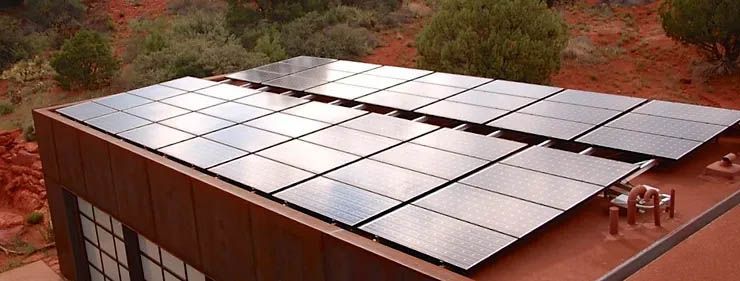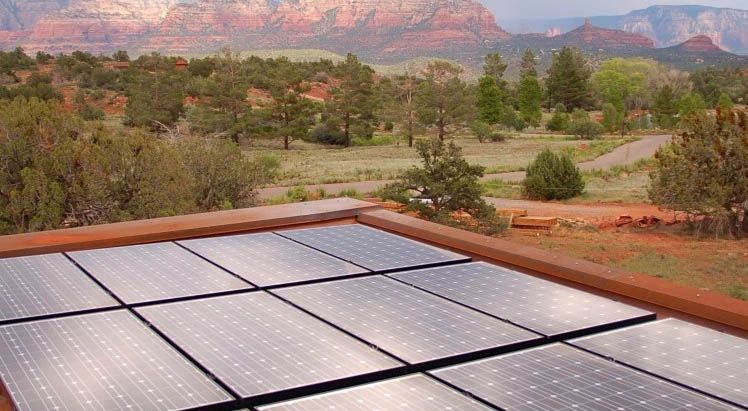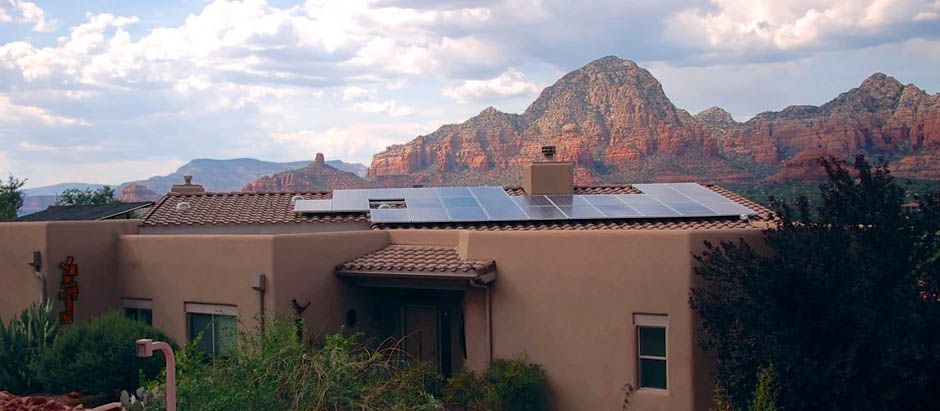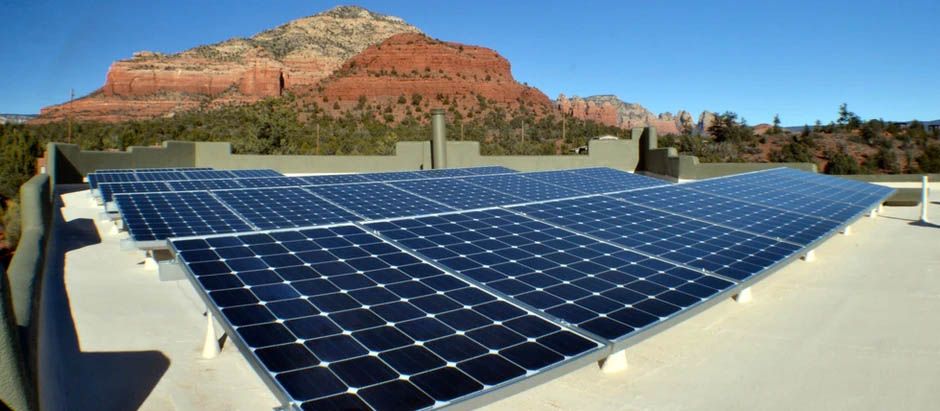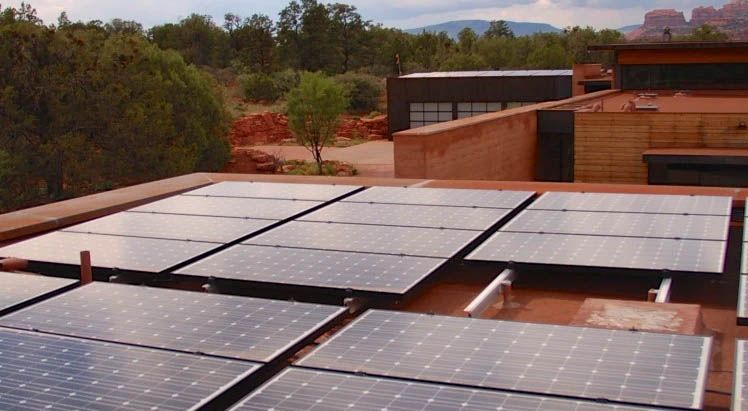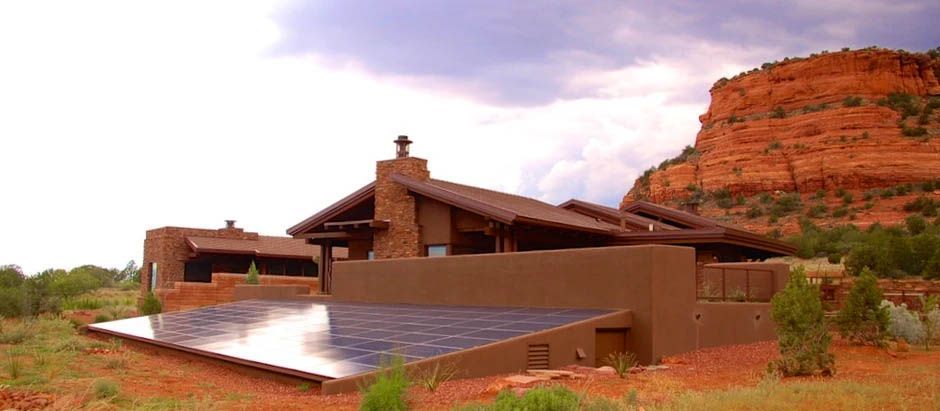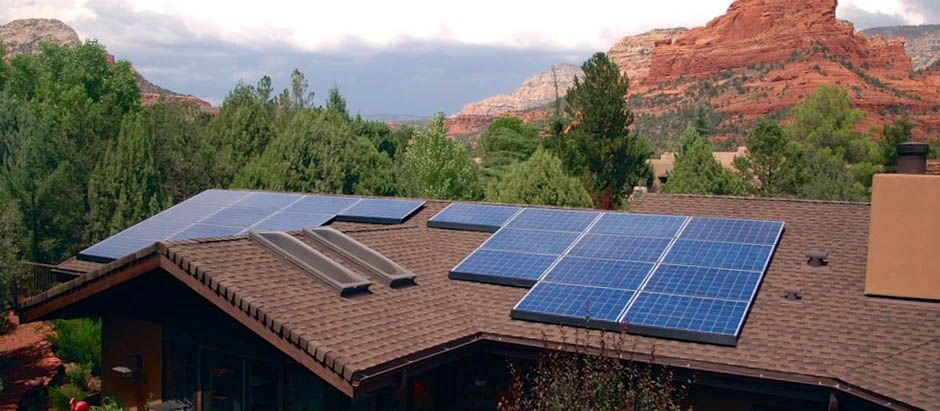CONTACT US TODAY TO REQUEST A QUOTE! (928) 852-7329
Why a system that covers 33% of your power needs can cover 66% of your bill.
Why a system that covers 33% of your power needs can cover 66% of your bill.
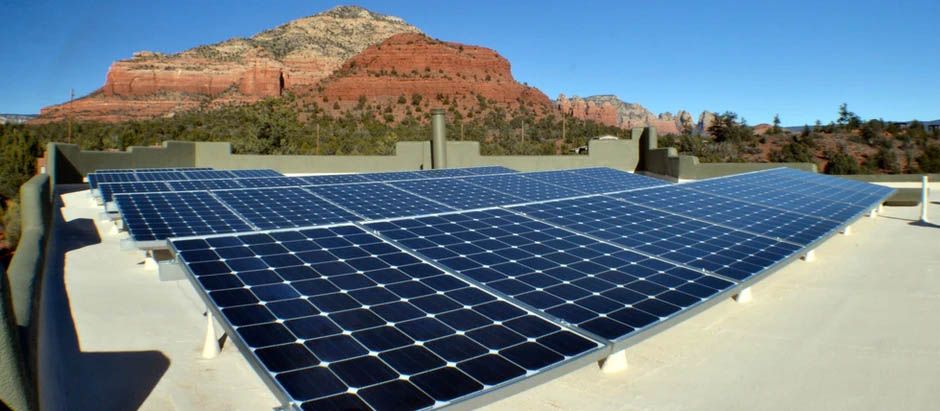
“I think you should change your proposal tool: we’re actually saving more than our proposal said we would, and getting a higher ROI.”
This was the surprising start to my follow-up with our client, David, after his solar installation. Having built a successful career in the oil and gas industry, David knew more about energy than our average customer. Little did we know how much we’d learn from him—but more on that in a minute.
When we were first quoting his system, we presented options that would cover 50%, 75%, and even 100% of his energy needs. David came back to us and said, “What if you did a system that would produce about 33% of our energy needs?”
We came back with a lower quote for the 33% system, and David signed on. Once we built his system, something surprising happened...
Even though the system only covered 33% of the home’s energy needs, it ended up covering about 66% of their bill. The Reason: Net Metering.
The Net Metering program allows homeowners with solar system to sell energy back to their power company on a 1 to 1 basis. That means if APS charges you .18/kilowatt hour, you can sell them your excess power for .18/kilowatt hour too.
To make things even more interesting, most APS customers pay a higher rate during peak daytime hours, and lower rates in the mornings and evenings. You might pay .09/kwh “off-peak” and .18/kwh “on-peak.”
Because solar systems make the most energy at the times of day when energy is most expensive (the sun is high in the sky, A/Cs are on, businesses are open), the typical bill can be broken down into the following categories:
33%- "Off-Peak" Energy Consumption (Mornings, Nights, Weekends)
33%- "On-Peak" Energy Consumption (Weekdays)
33%- Additional Cost for On-Peak Consumption
When David added his solar system, even though it was small, it took care of the most expensive two thirds of his bill: first he saved money by using solar when energy is most expensive, and second he sold excess energy back into the grid at higher on-peak prices during the day, and bought it back at lower off-peak prices to use at night.
So what can the solar industry learn from an oilman? Buy low, sell high.
But here's the bad news: the net metering program--which is what allows customers buy low and sell high--is being eliminated in Arizona on July 1st.
Fortunately, there's also good news: solar systems reserved before July 30th, 2017 will be grandfathered into the net metering program for 20 years.
So if you've ever considered solar, now is the time to reserve your system. Systems only need to be reserved--not built--before July 1, 2017. There's still plenty of time to request a quote and get grandfathered into net metering.
Call Today About Financing Options!
GREEN EARTH ENERGY & ENVIRONMENTAL, INC
WEB DESIGN BY HEARST MEDIA SERVICES, ALL RIGHTS RESERVED | SITEMAP
PHONE:


